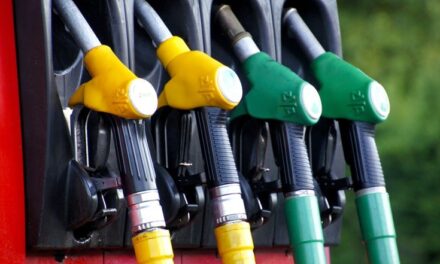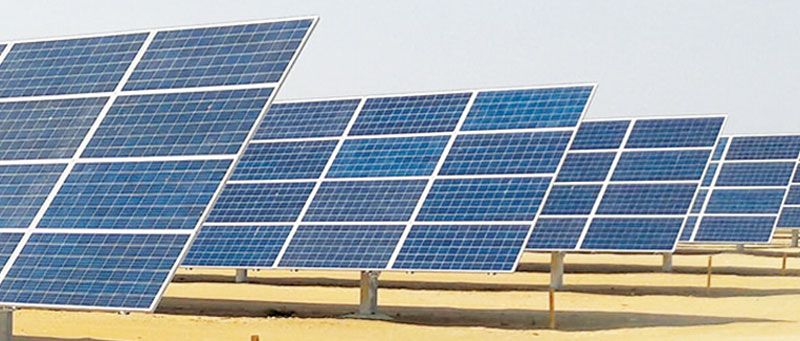
Sectoral growth needs power
Electricity demand can be expected to rise during this winter period both from wholesale and retail electricity users as revealed by the Namibia Statistics Agency monthly sectoral report for May, which also covered the building and transportation sectors.
The report suggests that electricity imports can be expected to remain high or increase, while exports are likely to remain low even though the economy expanded by1.6% during the first quarter.
The industry demand for electricity will remain strong for the near future, as high growth in various sectors notably mining, fishing, construction and wholesale and retail, underlies an increasing need for electricity.The electricity sales composite index (ESCI), consisting of domestic and export sales of electricity, has remained largely unchanged over the past year, cycling around the trend index level of 115 points.
During May, total sales of 257,777 mega watt hours were recorded. With respect to the sub-sector’s performance, the domestic electricity sales index level of 120 points for May is marginally below the previous month’s level, but marginally above the level recorded a year ago in May 2013.
The Sub-Sector Index for domestic demand is mainly driven by sales to distributors and mining, recording 183,149 mega watt hours and 52,496 mega‐watt hours in volume terms, respectively.
As for the Composite Building Plan Index for May 2014, it stood at 137, down 23 index points when compared to the level seen in May 2013.Despite the 14.4% decline in the index when compared to last year, the index level is up notably on a month on month basis, by some 71.7%. The value of buildings completed witnessed a similar trend year on year, declining 15.1% to N$102.8m. Nevertheless, the index remains 36.3% above the base period level as set in May 2010.
During the period, January to May 2014, the total value of buildings completed registered N$385.1 million compared to N$518.3 million over the same period in 2013 and N$333.5 million in the base year, 2010.
The year to date value is down 25.7% compared to 2013. The City of Windhoek accounted for 62.1% of the total value of completed buildings, at N$239.1 million whereas other local authorities accounted for 37.9%, representing N$146 million.












































